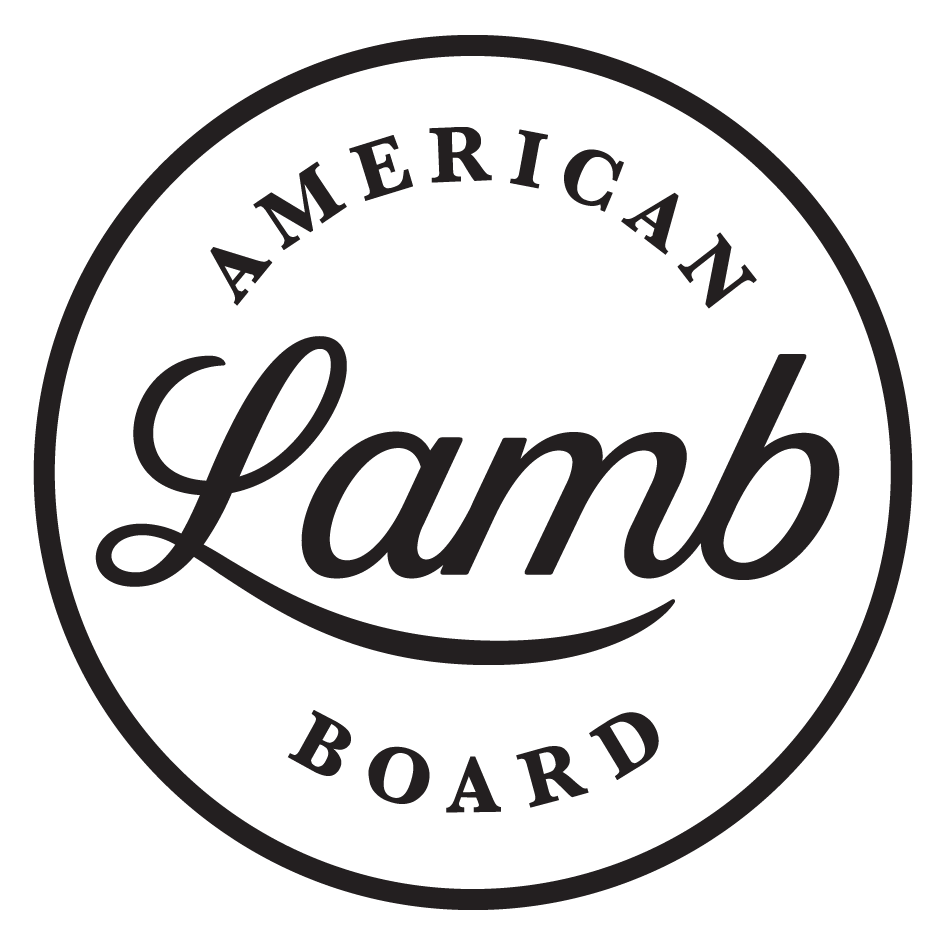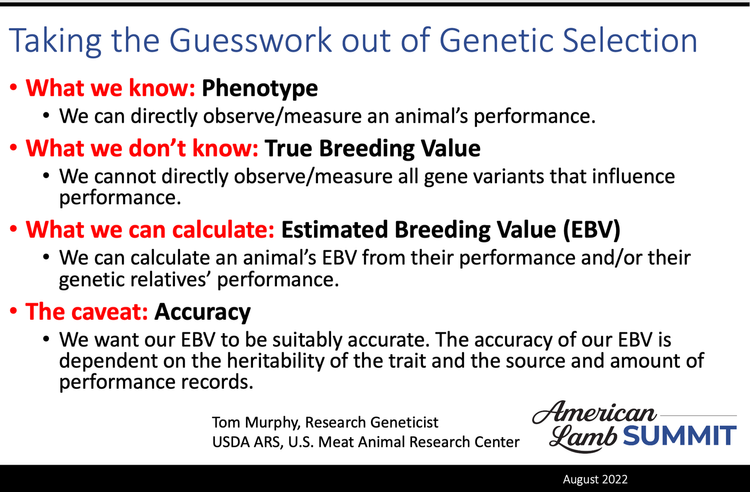Lamb Quality Highly Influenced by On-Farm Practices
Anyone who raises lambs affects end-product quality. On-farm practices are significant factors in how consumers will or will not find American Lamb a great meal choice. This was a major takeaway from the 2022 American Lamb Summit held August 8-9 in East Lansing, MI.
Sponsors of the American Lamb Summit are the American Lamb Board and Premier 1 Supplies. It was hosted by Michigan State University.
Improving flocks through genetic selection was discussed in multiple Lamb Summit sessions. Tom Murphy, PhD, a research geneticist at the US Meat Animal Research Center, advised producers to start by selecting the right terminal sires. “US sheep producers need to improve reproductive efficiency and carcass characteristics to be competitive in red meat production. We need to move beyond visual appraisal as our sole means of evaluating breeding stock,” Murphy stated.
He called out 3 strategies: marker-assisted selection, accurate identification of genetic superiority and purposeful crossbreeding.
Marker-assisted selection means choosing animals that have a single gene variant that should deliver large impacts. Most growth and carcass traits are controlled by many genes (hundreds or thousands) whose variants each have small effects. However, a few gene variants with large effects on carcass traits have been identified in sheep populations throughout the world. Carriers of the Myostatin gene are “double muscled,” which is really an increase in the number of muscle fibers, while the Callipyge gene increases the size of muscle fibers. However, meat from Callipyge lambs is much tougher than normal.
Accurately identifying genetic superiority requires a systematic manner to compare animals. The cattle industry does this routinely using EPDs. For sheep, it’s using the National Sheep Improvement Plan’s (NSIP) estimated breeding values (EBVs). Murphy made it clear that EBVs will always be a more accurate indicator of genetic merit than only considering an individual’s performance, and they will become more accurate with the inclusion of more flocks.
“Producers selling seedstock should be in NSIP. Commercial producers don’t need to be members, but it should be standard practice to buy replacement rams (and ewes) with the aid of EBVs,” Murphy said.
Crossbreeding has proven its value for generations. Murphy focused on selecting a terminal breed of sire (faster growth, heavier muscling, leaner, higher maintenance costs, fewer lambs born/reared) mated to a maternal breed of ewe(slower growth, lighter muscled, lower maintenance costs, more lambs born/reared).
“It is perhaps more important to select genetically superior individuals by using EBVs instead of choosing a breed then looking at animals only within that breed,” Murphy said.
Michigan State University’s Andrea Garmyn, PhD, reinforced the importance of genetics on red meat yield, which has been a focus in Australia and New Zealand for years. She also pointed out that as animals age, connective tissue gets stronger and doesn’t break down with cooking. Rapid growth rate promotes synthesis of new collagen that breaks down easily with cooking while a slower growth rate makes connective tissue that is harder to break down during cooking.
Intramuscular fat (marbling) hasn’t been a big topic with lamb. However, Garmyn pointed to research linking marbling to improved eating quality. She also identified a major challenge within the lamb industry: marbling is not assessed as part of USDA quality grading.
When it comes to postmortem aging, the majority occurs within the first 7 days. Currently, most lamb is aged about 5 days. Aging carcasses longer will see tenderness continue to improve, but at a slower rate. Research has found that aging lamb 21 days improved overall liking by consumers. Aging more than 45 days doesn’t increase tenderness and can cause off-flavors.
Presentation slides used by Murphy and Garmyn are on LambResourceCenter.com.

